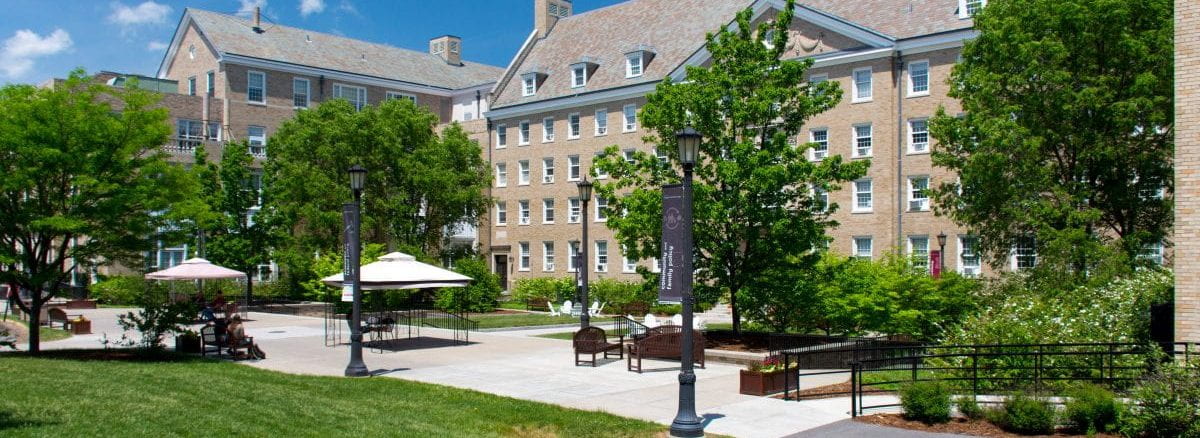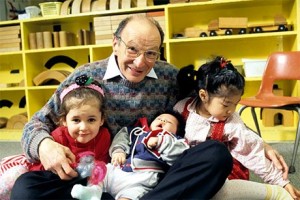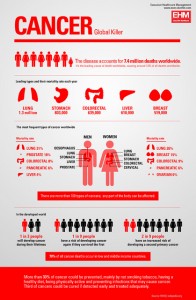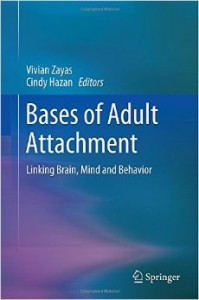Fourteen Cornell scholars (11 faculty members and one faculty member-graduate student team) received 2015 awards from the Jeffrey S. Lehman Fund for Scholarly Exchange with China. The fund provides grants to initiate research projects, sponsor research-related conferences or workshops, host visitors from China or support faculty travel to China to work on collaborative research projects.
Projects and winners are:
- Integrating Eastern and Western Medicine to Address Iron Deficiency In Rural Chinese Women. Project director: Laura Pompano, doctoral candidate in the field of nutritional sciences, and Jere D. Haas, the Nancy Schlegel Meinig Professor of Maternal and Child Nutrition, Division of Nutritional Sciences;
- Manufacturing Revolutions: The Socialist Development of a Chinese Auto-Industrial Base. Project director: Victor Seow, assistant professor, Department of History;
- Chinese Medicine and Healing: Translating Practice. Project director: TJ Hinrichs, associate professor, Department of History;
- China/Cornell Media Arts Exchange Program. Project director: J.P. Sniadecki, assistant professor, Department of Performing and Media Arts;
- Constructing the Autobiographical Self in Cyberspace. Project director: Qi Wang, professor, Department of Human Development;
- Inflation, String Theory, and Cosmic Strings. Project directors: David Chernoff, professor, Department of Astronomy, and Liam McAllister, professor, Department of Physics;
- Conference and Publication on Feminist Jurisprudence in Shanghai. Project director: Cynthia Grant Bowman, the Dorothea S. Clarke Professor of Feminist Jurisprudence, Law School;
- Ricci Flow on 4manifolds and Applications. Project director: Xiaodong Cao, associate professor, Department of Mathematics;
- Beijing Film and Digital Media Initiative. Project directors: Tim Murray, director, Society for the Humanities, and Amy Villarejo, chair, Department of Performing and Media Arts;
- Creating China? Transnational Public Intellectuals and the Making of Contemporary Chinese Politics and Foreign Relations. Project director: Allen Carlson, associate professor, Department of Government.
For more information, contact the East Asia Program in the Mario Einaudi Center for International Studies at cueap@cornell.edu.













